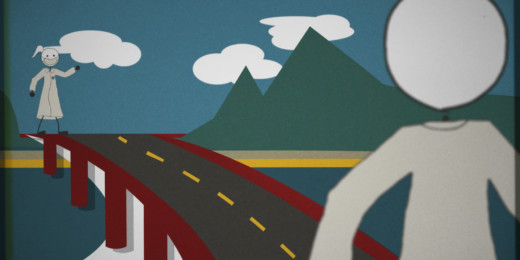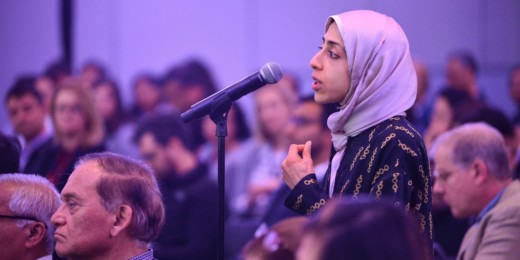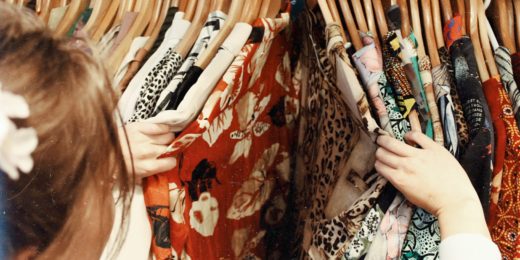The Innovative Medicines Accelerator builds on existing programs at Stanford — but fills in gaps to help researchers turn ideas into drugs.
Stanford’s new Innovative Medicines Accelerator is already contributing to COVID-19 effort — and much more is planned
The Innovative Medicines Accelerator builds on existing programs at Stanford — but fills in gaps to help researchers turn ideas into drugs.




